Star trackers need solid mounting plates to prevent star trails and maintain tracking accuracy within 4 arc seconds. Even minor flex in your plate can misalign the optical system with the sky's rotation, causing blurred stars and reduced detail in your images. Affordability doesn't mean sacrificing quality—aluminum alloy plates starting at $26 offer excellent stability without breaking the bank. Wind vibrations and motor movements are magnified by flimsy plates, especially with longer focal lengths. Discover how proper mounting transforms your astrophotography results.
The Critical Role of Stability in Astrophotography Tracking
When capturing the cosmos through your camera lens, stability serves as the foundation for all successful astrophotography. Without proper stability, your star tracker can't effectively compensate for Earth's rotation, resulting in unwanted star trails and blurred celestial objects.
Your mount's mechanical accuracy directly influences image quality, especially when using longer focal lengths which demand greater precision. Even slight vibrations or misalignments can ruin hours of exposure time. For unguided imaging setups, measurements have shown that stability within 4 arc seconds is critical to prevent star smearing during longer exposures.
Proper polar alignment is particularly essential, as it guarantees your tracking mount moves in perfect harmony with the night sky.
Remember that environmental factors like wind and temperature fluctuations can compromise stability. By prioritizing stability through proper weight distribution and careful equipment setup, you'll dramatically improve your ability to capture sharp, detailed images of distant cosmic wonders.
Budget-Friendly Materials That Won't Compromise Quality
Despite the common misconception that quality astrophotography equipment requires premium materials, today's budget-friendly options offer remarkable performance without breaking the bank.
Aluminum alloy and steel provide excellent strength and durability for star tracker mounts at accessible price points.
You'll find Vixen-style dovetail rails ranging from $29-$93, while versatile dovetail plates like the Askar VDP cost between $40-$47.
These affordable components deliver essential stability without sacrificing performance.
The advantages extend beyond cost savings—lightweight aluminum enhances portability, while reinforced plastics reduce weight without compromising durability.
Standardized mounting solutions like Vixen and Arca Swiss plates increase compatibility across equipment types.
Star trackers excel at capturing wide-field celestial objects like the Milky Way when properly mounted.
Remember to prioritize stable connections and proper balancing regardless of materials chosen.
With careful selection, budget materials can support your astrophotography journey just as effectively as premium alternatives.
DIY Mounting Plate Solutions for Star Trackers
Building your own mounting plate for a star tracker offers a cost-effective alternative to commercial options while allowing for customization to your specific needs. With basic woodworking tools and readily available materials, you can create a stable platform for astrophotography. The camera should be carefully mounted and balanced to ensure the center of gravity is properly aligned for stable tracking.
| Material | Benefits | Difficulty |
|---|---|---|
| Wood | Inexpensive, easy to work with | Low |
| Aluminum | Lightweight, durable | Medium |
| 3D Printed | Custom designs possible | Medium |
| Combined (hybrid) | Best of both materials | High |
Focus on stability and proper balancing when designing your mount. Hinges are essential for movement, while needle bearings guarantee smooth operation. Consider adding counterweights to prevent unwanted movement during long exposures. For motorized options, integrate a simple bolt drive mechanism or upgrade to electronic controls for improved precision.
How Mounting Plate Flex Affects Image Sharpness
The rigidity of your star tracker's mounting plate plays an essential role in determining final image sharpness during astrophotography sessions.
Even slight flex in your mounting plate can introduce tracking errors that blur stars and diminish detail in deep-sky objects.
When your plate bends under the weight of your camera gear, it creates misalignment between your optical system and the sky's rotation. This flex causes the optical axis to shift during tracking, producing lensing effects and star trails that ruin long exposures.
Additionally, a flexible plate amplifies vibrations from wind and motor movements instead of dampening them.
For crisp, detailed astrophotos, you'll need a mounting solution that balances stiffness with weight considerations.
Material choice matters—opt for options with low thermal expansion that won't warp as temperatures drop throughout your imaging session.
The BRESSER StarTracker's included quick-release plate is designed to support cameras up to 2.5 kg while maintaining rigid alignment for long exposures.
Comparing Commercial vs. Homemade Mounting Options

When choosing a mounting plate for your star tracker, you'll face a fundamental decision between commercial solutions and DIY alternatives.
Commercial plates offer precision engineering with stable materials like aluminum or steel, ensuring better tracking accuracy and compatibility with various trackers. They're typically easier to use with built-in leveling systems but come at a higher price point.
Precision-engineered commercial plates deliver superior tracking with convenient leveling systems, though at premium prices.
Homemade options shine in cost-effectiveness and customization. You can tailor them to your specific needs using readily available materials. However, they may lack the stability and precision of commercial alternatives, especially under challenging conditions or with heavier payloads.
Your choice ultimately depends on your budget, technical skills, and photography requirements. The stability becomes crucial when working with longer focal lengths, as models like the Fornax Mounts LighTrack II can support impressive focal lengths of 500mm.
Commercial plates offer reliability and convenience, while DIY solutions provide creative freedom and significant cost savings.
Reinforcement Techniques for Existing Mounting Plates
You'll find that weak mounting plates can be markedly strengthened with simple reinforcement techniques like adding metal brackets or wooden spacers to critical stress points.
For vibration reduction, consider applying dampening materials such as rubber gaskets or foam padding between connection points, while ensuring all fasteners remain properly tightened.
DIY plate strengthening options include cross-bracing with aluminum strips, applying epoxy resin to vulnerable areas, or upgrading to higher-grade materials in sections that experience the most movement during tracking. Since stars shift 1/4 degree per minute due to Earth's rotation, even minor instability in mounting plates can significantly affect long-exposure astrophotography results.
Stiffening Weak Mounts
Despite careful initial design, mounting plates for star trackers often develop weaknesses that compromise tracking accuracy during long exposures.
You'll notice these issues as vibration or flexing when adjusting your camera position.
To stiffen your mount, first identify stress points where the structure bends.
Add support brackets at these weak points using aluminum or steel strips.
Replace any loose hinges with solid alternatives that eliminate play.
For wooden mounts, use glue and screw lamination techniques to increase rigidity.
Distribute your camera's weight evenly by implementing proper counterweights.
Consider installing pillow block bearings for smoother rotation and enhanced stability.
If your motor lacks torque, add spring assists to reduce strain on gear mechanisms.
Reinforce tripod connection points, as they're essential for maintaining overall stability during tracking sessions.
Heavy cameras and lenses require additional support to prevent the clock-gear from bending under excessive weight during long exposure sessions.
Vibration Damping Solutions
Even the strongest mounting plate requires effective vibration dampening to achieve ideal tracking results. You'll find several materials specifically designed for this purpose. Sorbothane pads outperform regular rubber and are particularly effective for telescope tripods, even on concrete surfaces. Specialized options like the Astro-Tech three-piece vibration suppression pads can reduce vibration time dramatically, allowing for sharper images and undisturbed viewing.
For industrial-grade solutions, consider Elesa anti-vibration mounts with rubber bodies or wire rope isolators made from stainless steel. These components greatly reduce vibrations while extending equipment lifespan.
In applications requiring precision similar to spacecraft, implement passive isolation systems or weight addition techniques. Hanging weights on your tripod or eyepiece tray can dramatically stabilize your setup.
Remember that proper balance and center of gravity optimization are essential factors in minimizing disturbances—sometimes simply using shorter tripod legs can reduce vibration transmission to your star tracker.
DIY Plate Strengthening
Existing mounting plates can be substantially reinforced using several practical techniques without purchasing an entirely new setup. You'll find that combining materials like aluminum sheets with mild steel creates a robust foundation for your star tracker. For metal components, welding provides the strongest bond, while wood elements benefit from proper gluing and screw fastening. Readers have reported that incorporating U-channel steel significantly improves stability compared to traditional aluminum mounts.
| Material | Reinforcement Method | Best For |
|---|---|---|
| Aluminum | Sheet layering | Lightweight setups |
| Mild Steel | Welding/Bolting | Heavy equipment |
| Wood | Gluing/Screws | Budget solutions |
| Composites | Adhesives | Portable systems |
When strengthening your mounting plate, don't overlook balance. Apply counterweights to offset camera weight and use bubble levels to guarantee proper alignment. Test your reinforced setup under load before your actual stargazing session to prevent mid-observation failures.
Field-Tested Mounting Solutions Under $50
While high-end astrophotography equipment can quickly drain your wallet, quality mounting solutions for star trackers don't need to break the bank. Vixen-style dovetail rails offer the best value, starting at just $26 for an 8.3" length while providing compatibility across multiple brands and trackers.
For under $50, you'll find these aluminum rails in various lengths to suit your specific setup. They're durable enough for outdoor use while featuring quick-release mechanisms that make setup and teardown considerably faster. The Agena V Series Vixen-Style Dovetail Rail at 335mm provides exceptional value at just $29.00 while maintaining high quality.
Some photographers save even more by using shorter rails for smaller setups or searching second-hand marketplaces.
When balancing cost against performance, these affordable dovetail solutions deliver the stability your star tracker needs without compromising your astrophotography results or requiring expensive alternatives.
Balancing Weight, Portability and Rigidity for Travel Astrophotography
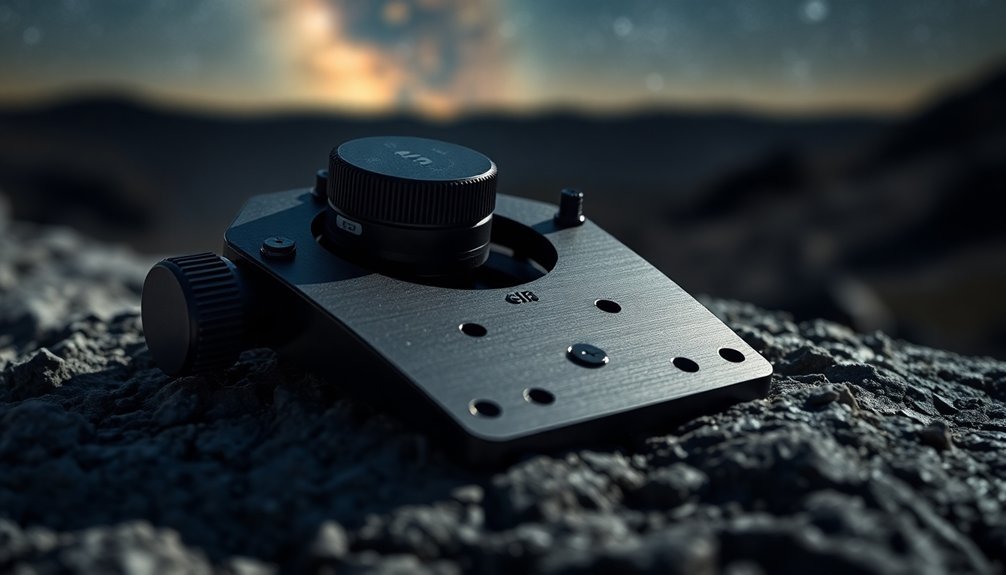
For travel astrophotographers, the delicate balance between weight, portability, and rigidity represents a critical challenge when selecting mounting equipment.
You'll find innovations like strain wave technology that eliminate counterweights altogether, greatly reducing your load while maintaining stability.
When evaluating options, consider mounts like the ZWO AM5 or Sky-Watcher Star Adventurer that prioritize compact designs without sacrificing tracking accuracy.
Look for high-quality materials – aluminum or carbon fiber constructions offer strength without excessive weight.
Lightweight yet resilient materials like aluminum and carbon fiber deliver the strength astrophotographers need without burdening your travel kit.
Don't overlook the importance of cable management and drive mechanisms; belt drives and internal cable routing prevent snagging while enhancing stability.
For maximum versatility, choose mounts with dual dovetail compatibility and standard tripod connections that work with your existing gear, minimizing what you'll need to pack.
A proper mount helps in efficiently tracking the night sky in two critical axes, providing consistent movement for both right ascension and declination that impacts the overall quality of your astrophotography.
Frequently Asked Questions
Can I Use a Regular Camera Tripod Mount for My Star Tracker?
You can use a regular camera tripod, but it might lack stability for star tracking. Make sure it's sturdy enough to support your star tracker's weight and minimize vibrations during long exposures.
How Does Temperature Affect Mounting Plate Materials and Performance?
Temperature affects your mounting plate through thermal expansion, changing dimensions and stability. You'll notice reduced accuracy as materials warp, potentially causing tracking errors. Different metals respond uniquely – aluminum expands more than steel.
What Maintenance Is Required for Mounting Plates in Humid Environments?
You'll need to regularly inspect your mounting plates, apply protective coatings, use desiccants, and store them in moisture barrier bags. Don't forget to remove any moisture with drying ovens when necessary.
Are Carbon Fiber Mounting Plates Worth the Higher Cost?
Yes, carbon fiber mounting plates are worth the cost if you're prioritizing portability and stability. You'll appreciate their corrosion resistance in humid environments and superior stiffness-to-weight ratio for precise astrophotography results.
How Do I Eliminate Vibration When Using Longer Focal Length Telescopes?
For longer focal length telescopes, you'll need to use solid mounting plates, balance your telescope properly, incorporate vibration pads, and consider negative stiffness isolators. Lowering your tripod height also considerably reduces vibrations during observations.
In Summary
You'll find that solid, affordable mounting plates are essential for your star tracker's success. By choosing the right materials and building techniques, you're eliminating vibration and flex that ruin long exposures. Whether you opt for DIY solutions or budget commercial options, don't compromise on rigidity. Your astrophotography results directly reflect your mounting plate's stability. Invest time here before spending elsewhere in your setup.
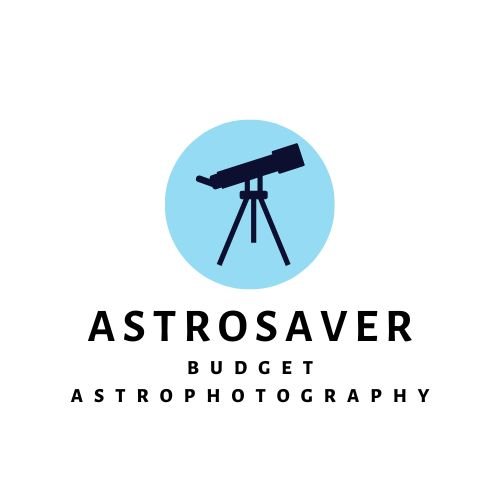
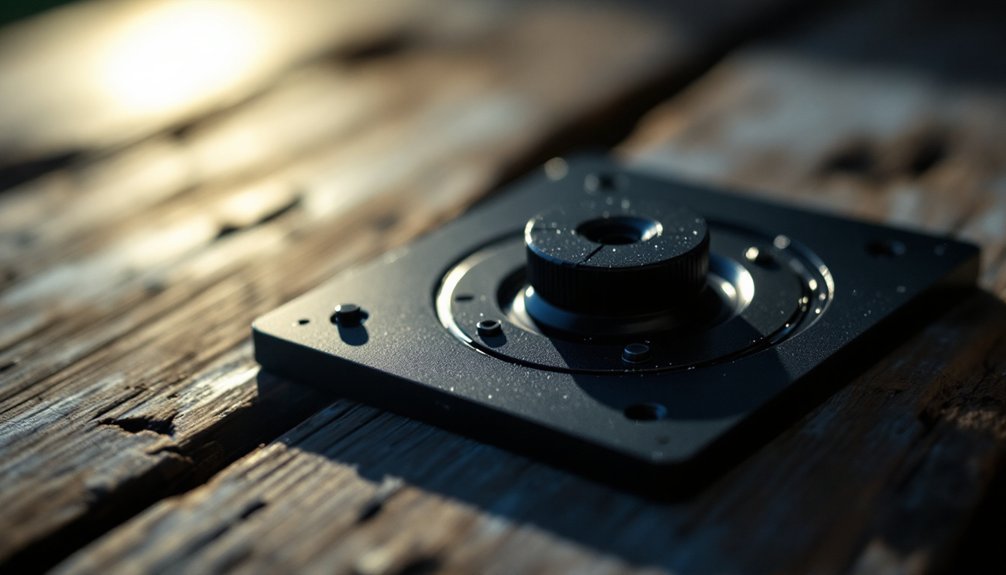
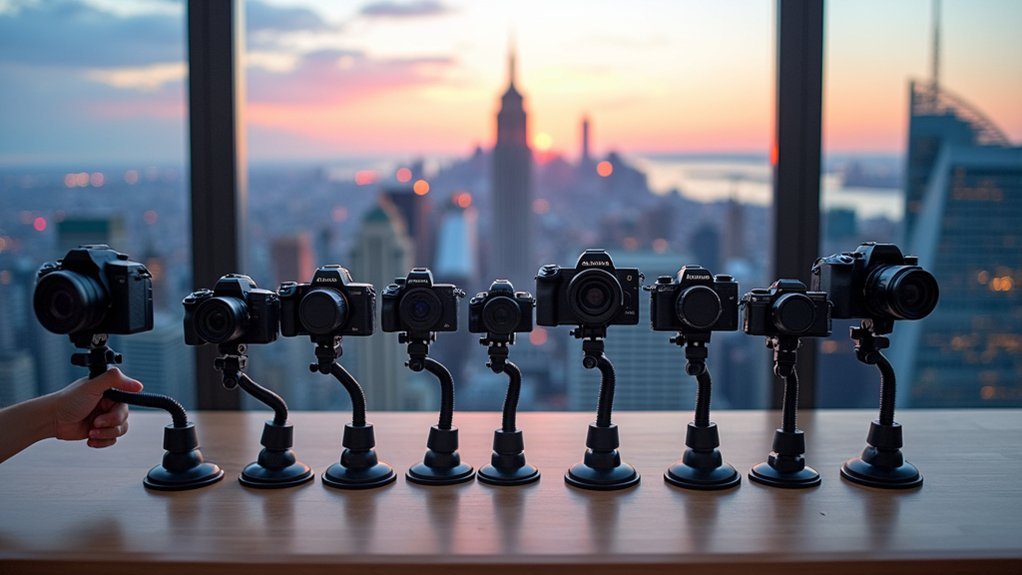
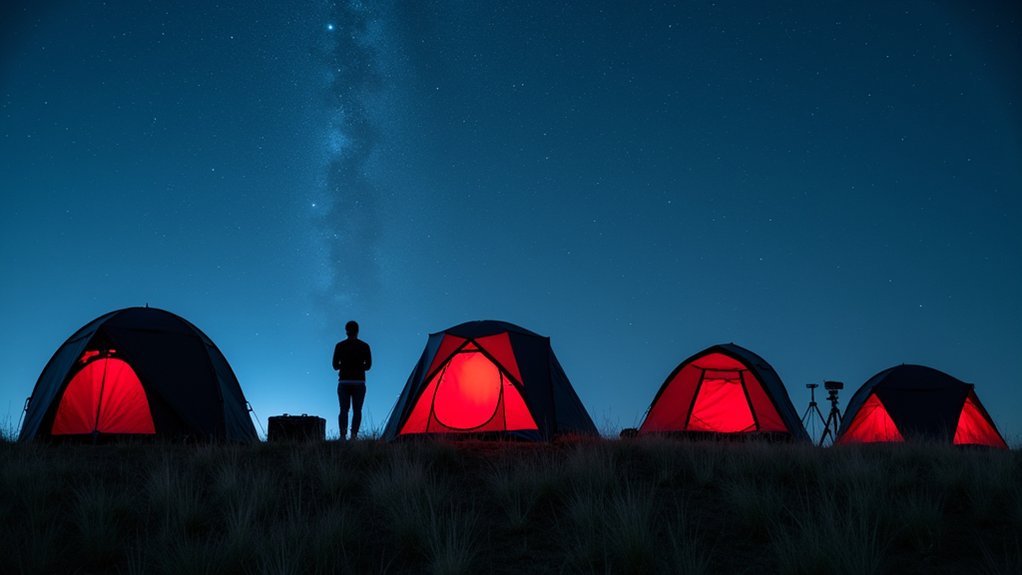
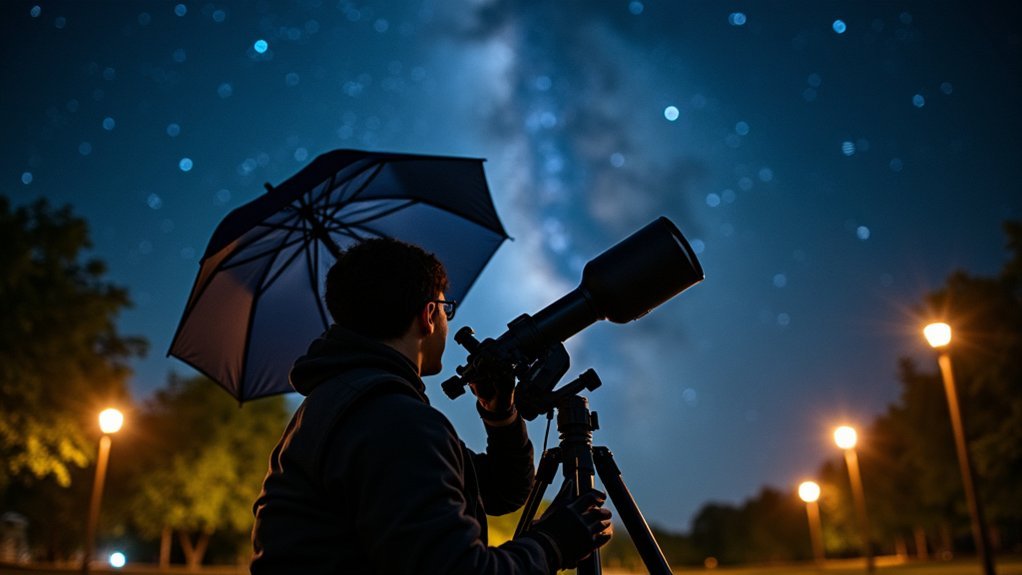
Leave a Reply